Have you just done summer all wrong?
As the country swelters in September heat, Joe Shute says rising temperatures across the globe mean we’ll soon need to rethink our summer habits, from holidays to food and how we shop
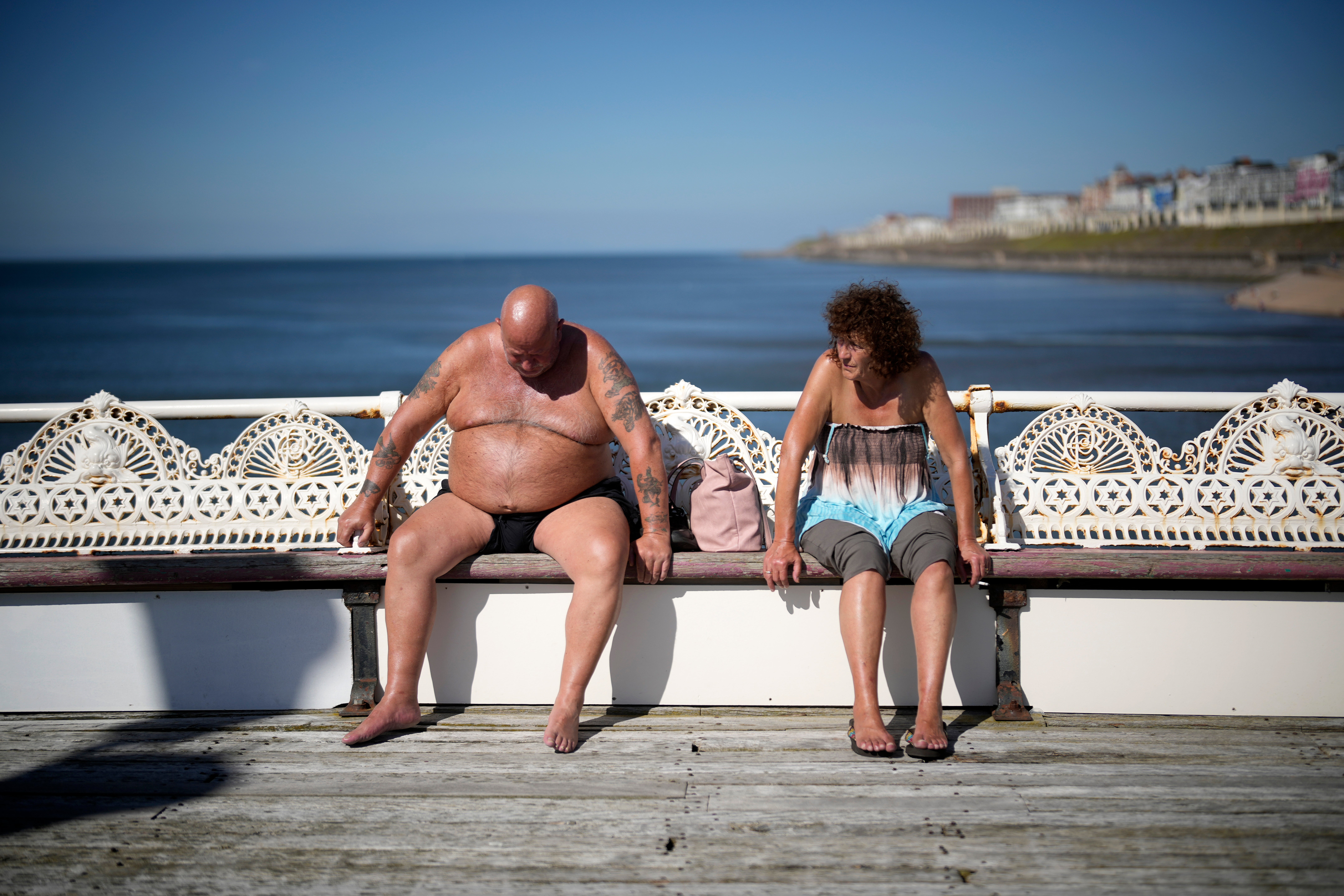
In the office of his Woodbridge travel agents, Lee Hunt has been dealing with the fallout of the climate crisis reshaping weather as we know it. As the UK has basked in unprecedented September heat, with a new record set and the hottest day of the year forecast for this weekend, topping 33C, the 46-year-old has been working to extract a couple in their seventies from a hotel flooded and left with no electricity during “biblical downpours” on the Greek island of Skiathos.
Before that, it was figuring out how to move another customer on a scheduled rail trip through Canada to their waiting cruise liner when wildfires scorched part of their route. In July, he helped evacuate other holidaymakers from Rhodes following wildfires that devastated some 135,000 hectares of forest and vegetation across the island.
“I’ve worked in travel since I was 16 and I’ve never ever known anything like this,” says Hunt, the owner of Deben Travel. “It’s having a huge impact on us as a business as obviously a large percentage of our time is being taken up quite literally fighting fires.”
The summer of 2023 has ended much as it started – making headlines. A UK heatwave in June surpassed previous temperature records, while according to a study published by the EU’s Copernicus Climate Change Service this week, the period of June to August was the hottest globally ever seen “by a large margin”. Globally, the average summer temperature was 16.77C (0.66C above average) while across Europe it was 19.63C (0.83C above average).
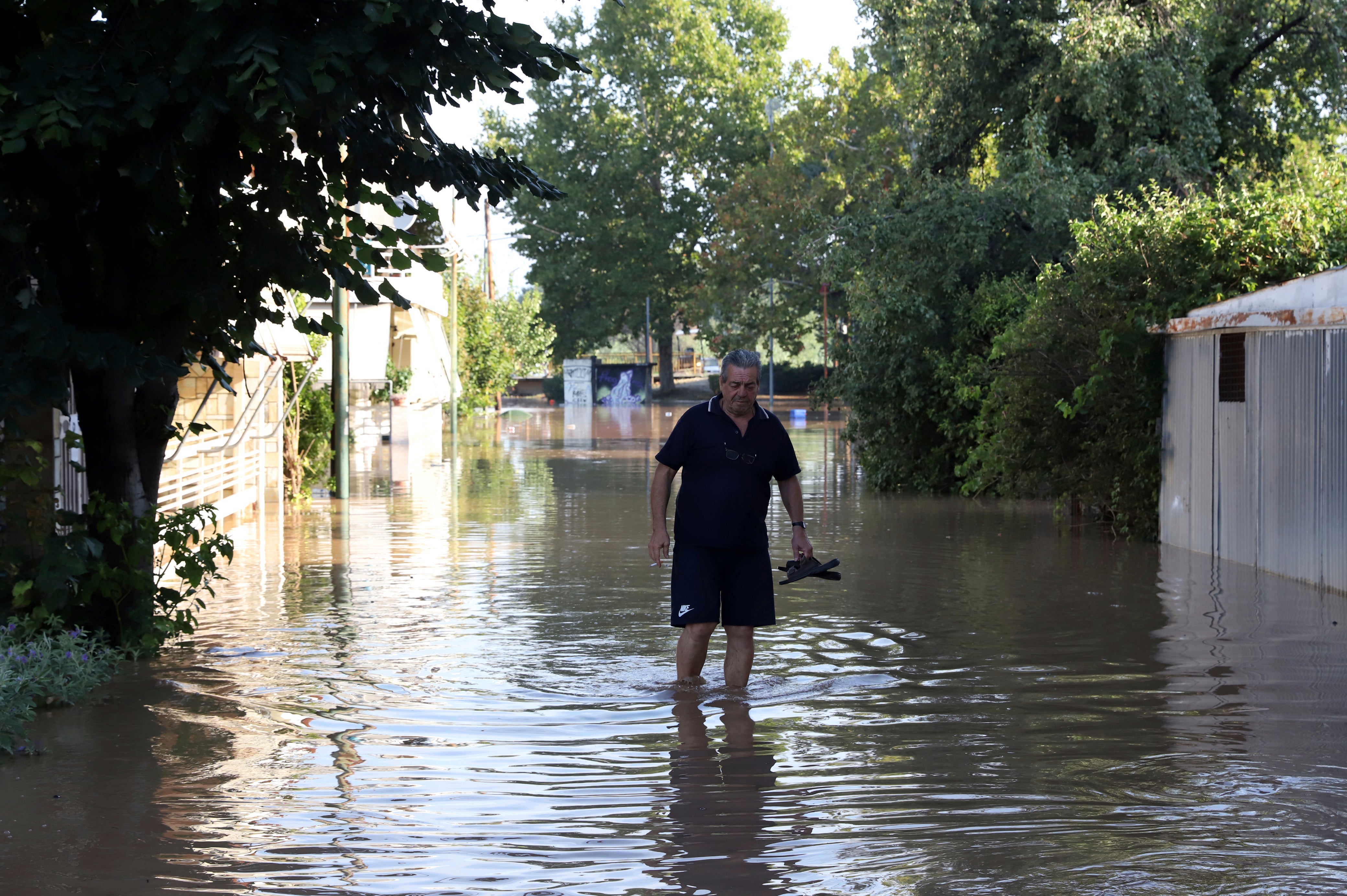
Meanwhile, those who planned to delay their Mediterranean holidays until September to guarantee what is a traditionally safe bet of late summer sun have instead encountered deadly floods that have caused at least 13 deaths across Bulgaria, Greece and Turkey. In the Greek village of Zagora, a staggering 780mm of rain fell in a 24-hour period during the floods, roughly the amount of average rainfall that parts of the UK receive in an entire year.
Back home, following a washout summer, we are suddenly in the midst of a September heatwave where temperatures have already reached 33C – the highest recorded all year – and could yet surpass that this weekend.
In this era of climate breakdown, the old certainties can no longer be relied upon. And for those back at work looking enviously at the sun-drenched streets of the UK, there is an obvious question to ponder: have I just done summer all wrong?
Hunt, for one, thinks our stubborn adherence to the school summer holidays is no longer suitable for making the best of the vagaries of extreme weather. A father of two teenage sons, he argues that the traditional six-week break in late July and August should be split up and added into May and October. Certainly, he says, May and September are now their most in-demand months for departures, while this September is now his busiest ever for bookings.
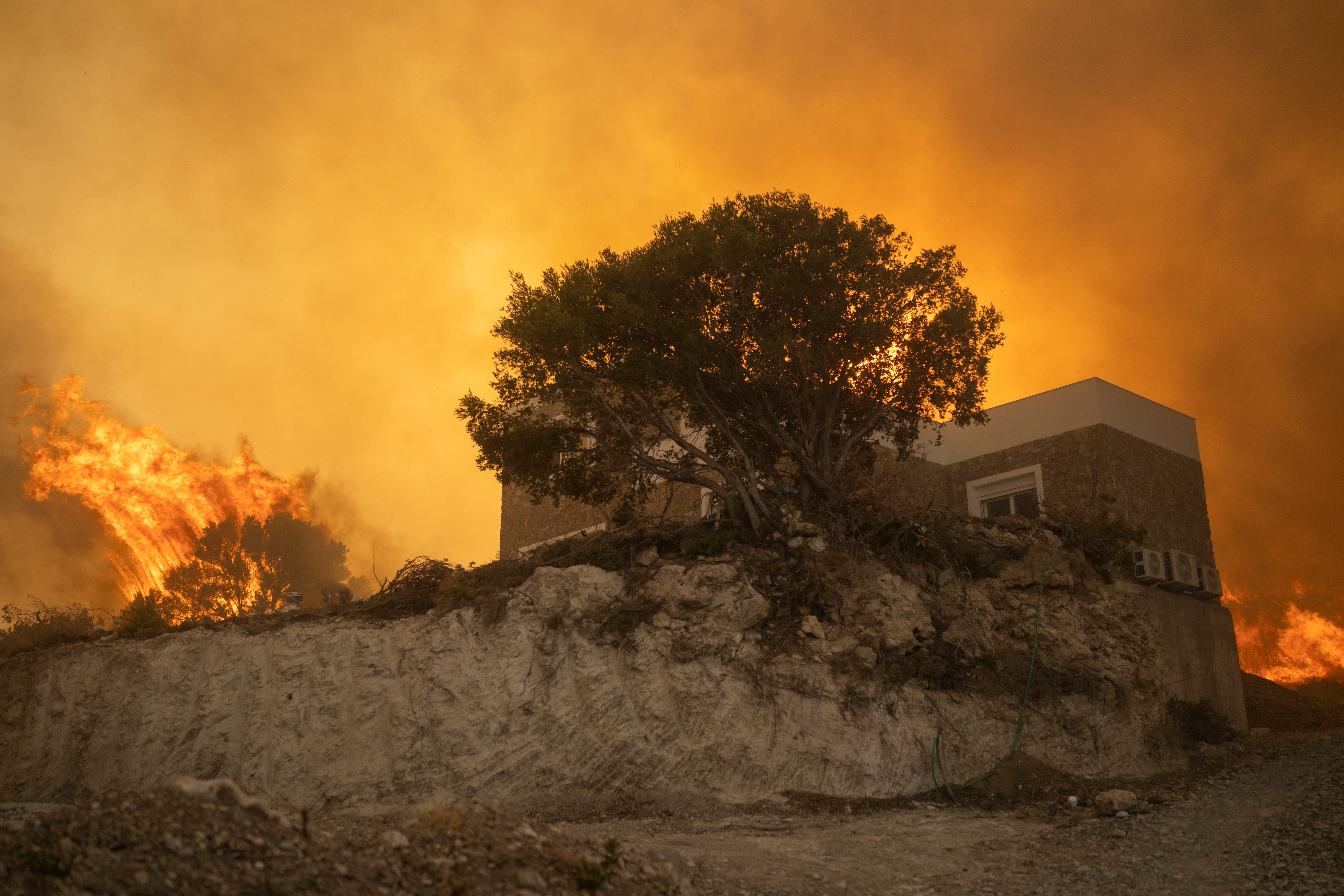
For those that do go away in the summer, preferred destinations are rapidly changing. Forget southern Europe, the top tip for the safest weather are the lakes and mountains of Switzerland and Austria. While once he previously recommended summer bookings for US national parks, now he actively deters families because of the increasing risk of wildfire.
It is not just where and when we take our holidays, but every one of our cherished summer rituals that look set to be rapidly altered by the climate crisis. What we eat, how we sleep, what we wear, how we get around and keep cool in our homes are all traditions increasingly out of kilter with what the weather is doing.
Even our folklore is falling out of step. Aristotle’s famous remark that “one swallow does not make a summer” makes less sense when ever more of the typically migratory birds are increasingly choosing to spend their winters in the UK rather than making the 6,000-mile journey to southern Africa.
One vivid example is in fashion, with retailers advertising autumn trends of chunky knit cardigans and the LBC (long black coat), while on the streets outside a UK Health Security Agency amber heat alert remains in place.
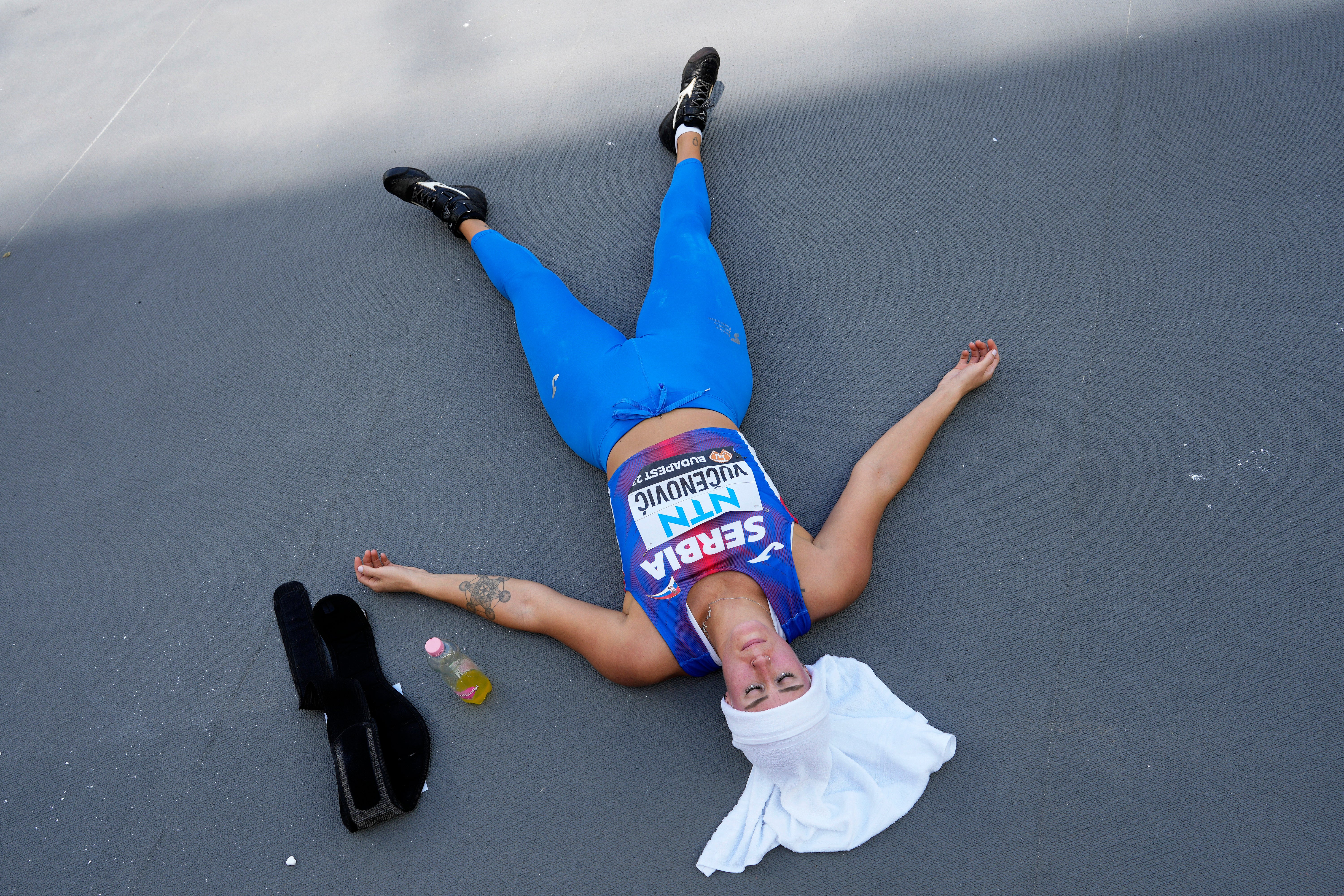
On the subject of fashion, Dr Rosie Oakes, a climate scientist at the Met Office, says there is a common saying among those working in her field that “the weather is what you wear and the climate is what’s in your wardrobe”. This means that while our daily clothing shifts with whatever the weather is doing, generally we can rely upon seasonal staples to see us through the year. But, she points out, that long-range certainty is no longer the case.
“People will have to adapt to the world we live in, whether that is changing what is in your wardrobe to changing the crops that we grow to make sure they are more appropriate for the climate,” she says. “If we don’t adapt we are already behind the climate the world is living in.”
Where previous generations flung open their windows at the first glimpse of sunshine, during last summer’s 40C heat the Met Office was advising people to keep the blinds closed to stay cool – a new summer tradition that could change the face of our streets. Similarly, conservatories, which once enabled people to make the most of weak British sunshine can these days rapidly turn into furnaces. They are now becoming so unpopular that some property experts claim they can knock up to £15,000 off the value of a home.

Classic summer sporting events are similarly falling foul of the weather. During this July’s Tour de France riders were forced to endure temperatures of 39C while the melting roads reached surface temperatures of 60C. Earlier this week, the Russian tennis player Daniil Medvedev warned a player “is going to die” as he battled to the semi-final of the US Open in 35C heat. World Athletics president Lord Coe, among others, has warned that the summer sporting calendar may have to change alongside the climate.
What we eat and drink will also shift. The British wine industry has increased the planting of vineyards by 74 per cent over the past five years to take advantage of warmer conditions. Meanwhile strawberry crops – that great summer staple – are also being affected by unseasonal weather.
Annabel Makin-Jones, a fifth-generation strawberry farmer based near Wetherby in West Yorkshire, says she is increasingly battling against extreme and unpredictable conditions. Last spring, Makin-Jones, 41, who supplies the likes of Harrods, Waitrose and Ocado, lost around 20 tonnes of fruit to unseasonal frosts. This June, her workers picked an additional 300 tonnes of fruit which matured early in the heatwave. However, she explains, such a glut impacts the ability of plants to produce fruits later in the season and also is seized upon by some retailers to drive down prices.
Studies have shown that the growing season for plants and crops in England is now a month longer than it was between 1961 and 1990, meaning what we harvest – and when – is rapidly changing.

The difficulty of turning a profit in the face of such unpredictable weather is forcing some to give up altogether. According to a survey conducted by the industry body British Berry Growers in June, an eight per cent reduction in the number of strawberry plants is planned for 2024 (the equivalent of 12 million fewer British strawberry plants and nine million fewer punnets).
“I’ve been doing this 20 years but it is definitely changing,” Makin-Jones explains. This year she warns, should the heatwave continue, her growing season will be over well before the traditional date of October.
Other farmers are turning to crops that will, in time, change the face of the British countryside. Fields of drought-resistant sunflowers and soya are becoming increasingly popular. The Riverford founder Guy Singh-Watson has recently started experimenting with a large-scale planting programme of nut trees across his 150-acre farm, which are far more tolerant of extreme heat.
Of course, Indian summers have long been part of the British seasons. The phrase dates back to the 18th century and a description of the weather in Native American territory along the US eastern seaboard by a Frenchman called John de Crevecoeur, who noted: “Sometimes the rain is followed by an interval of calm and warmth which is called the Indian summer.”

Centuries earlier, Shakespeare wrote of an “All-hallown summer” in Henry VI: Part 1 describing a muggy end of October. A dry spell around mid-October was traditionally known as a “St Luke’s Little Summer” and warm weather around St Martin’s Day (11 November) a “St Martin’s Summer”.
What is different in the modern era is the intensity and duration of that heat. Last autumn, for example, was the third warmest on record in a data series that goes back to 1884.
Met Office climate scientist Daniel Cotterill recently published an interesting study that projects that autumns in Britain are likely to become drier and increasingly “summer-like” due to the climate crisis. According to the study, should emissions continue on their current trajectory then, over the next 10 years, there is likely to be a reduction in autumn rainfall in England of between four and 12 per cent, as well as more significantly hotter days.
Every one of the four seasons is now morphing beyond our expectations and we are struggling to adapt. Perhaps Keats’s famous ode To Autumn might soon require a redraft.
Prepare for the season of mists and mellow fruitfulness, becoming instead an eternal summer.
Joe Shute is the author of ‘Forecast: A Diary of the Lost Seasons’ (published by Bloomsbury)



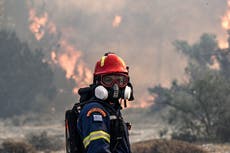




Join our commenting forum
Join thought-provoking conversations, follow other Independent readers and see their replies
Comments